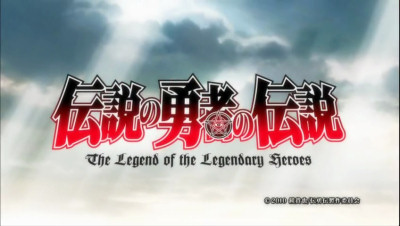

Henry, like many African Americans, might have come to Virginia to work on the clean-up of the battlefields after the Civil War. Nelson also discovered the C&O's tunneling records, which the company believed had been destroyed by fire. At the time, penitentiary inmates were hired out as laborers to various contractors, and this John Henry was notated as having headed the first group of prisoners to be assigned tunnel work. Henry, or John William Henry in previously unexplored prison records of the Virginia Penitentiary. In the 2006 book Steel Drivin' Man: John Henry, the Untold Story of an American Legend, historian Scott Reynolds Nelson detailed his discovering documentation of a 19-year-old African-American man alternately referred to as John Henry, John W. Talcott holds a yearly festival named for Henry, and a statue and memorial plaque have been placed along West Virginia Route 3 south of Talcott as it crosses over the Big Bend tunnel. Johns of the C&O Railroad regarding Big Bend Tunnel, Johns replied that "no steam drills were ever used in this tunnel." When asked about documentation from the period, Johns replied that "all such papers have been destroyed by fire." Miller's reputation, and they all said, "If Neal Miller said anything happened, it happened." I made a sketch of it and later when I looked up pictures of the early steam drills, I found his description correct. Miller described the steam drill in detail. The test went on all day and part of the next day. "Well, they decided to hold a test to get an idea of how practical the steam drill was. He took a lot of pride in his work and he hated to see a machine take the work of men like him. Miller, "John Henry wanted to drive against it. "When the agent for the steam drill company brought the drill here," said Mr. This man, known as Neal Miller, told me in plain words how he had come to the tunnel with his father at 17, how he carried water and drills for the steel drivers, how he saw John Henry every day, and, finally, all about the contest between John Henry and the steam drill. & O." In 1927, Johnson visited the area and found one man who said he had seen it. Some versions of the song refer to the location of John Henry's death as "The Big Bend Tunnel on the C. That tunnel was built near Talcott, West Virginia, from 1870 to 1872 (according to Johnson's dating), and named for the big bend in the Greenbrier River nearby. He concluded that John Henry might have worked on the Chesapeake and Ohio Railway's (C&O Railway) Big Bend Tunnel but that "one can make out a case either for or against" it. Johnson investigated the legend of John Henry in the late 1920s. Several locations have been put forth for the tunnel on which John Henry died. According to researcher Scott Reynolds Nelson, the actual John Henry was born in 1848 in New Jersey and died of silicosis and not due to exhaustion of work. The historical accuracy of many of the aspects of the John Henry legend are subject to debate. The steam drill machine could drill but it could not shake the chippings away, so its bit could not drill further and frequently broke down.

Then the shaker would begin rocking and rolling: wiggling and rotating the drill to optimize its bite. The contest involved John Henry as the hammerman working in partnership with a shaker, who would hold a chisel-like drill against mountain rock, while the hammerman struck a blow with a hammer. Various locations, including Big Bend Tunnel in West Virginia, Lewis Tunnel in Virginia, and Coosa Mountain Tunnel in Alabama, have been suggested as the site of the contest.
The legend of legendary heroes episode 1 driver#
Plaque celebrating the legend of John Henry ( Talcott, West Virginia)Īccording to legend, John Henry's prowess as a steel driver was measured in a race against a steam-powered rock drilling machine, a race that he won only to die in victory with a hammer in hand as his heart gave out from stress.


 0 kommentar(er)
0 kommentar(er)
